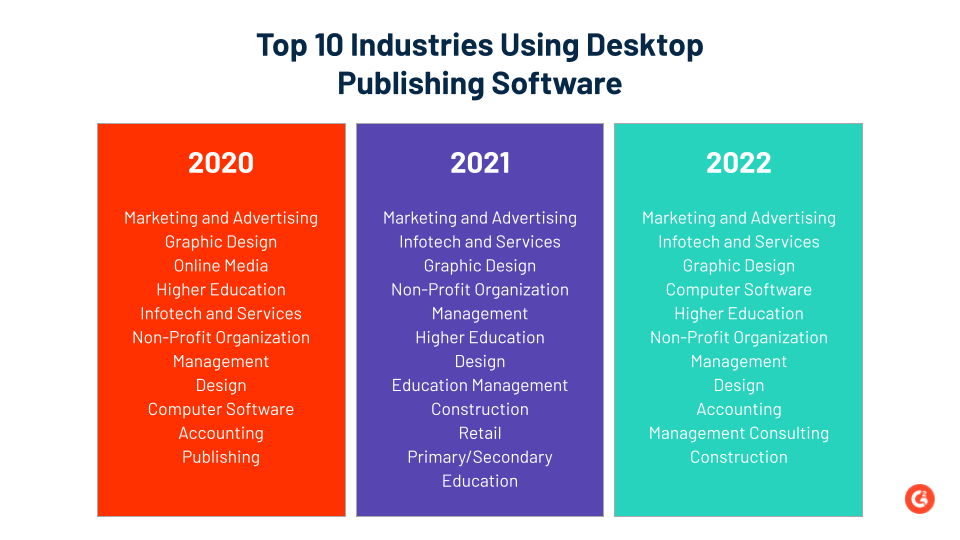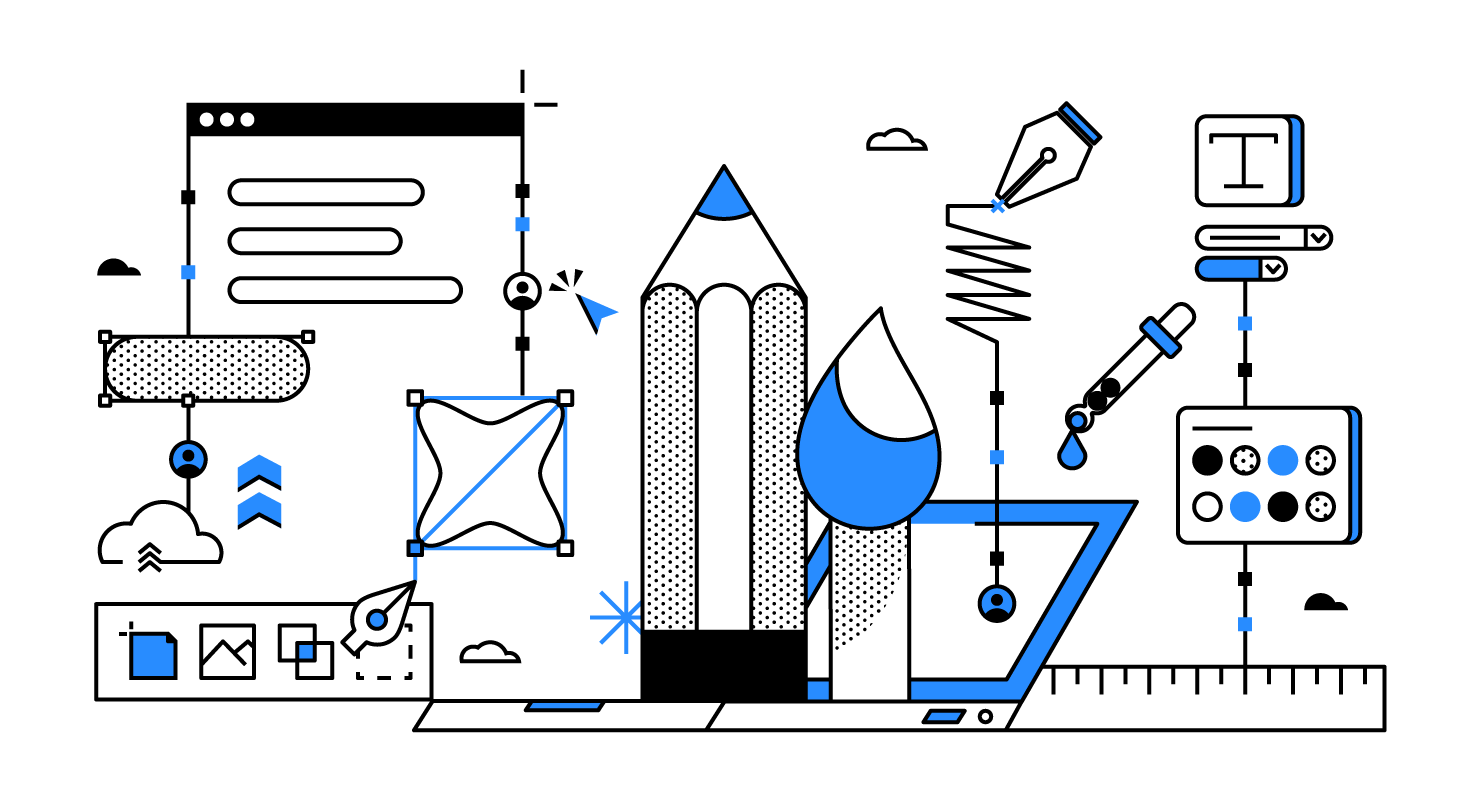This post is part of G2's 2023 digital trends series. Read more about G2’s perspective on digital transformation trends in an introduction from Emily Malis Greathouse, director, market research, and additional coverage on trends identified by G2’s analysts.
The evolving role of digital designers
Prediction
The prevalence of AI technology in design tools will allow for increased automation in the design process, leading designers to spend less time creating and more time reviewing and curating.
If they’re not designing, what are they doing?
Computer-generated designs, based on brand and preference-related inputs, are on the rise. Design management tools help designers reuse components across platforms and solutions. Design testing has also become increasingly automated. These occurrences indicate a decrease in human involvement in creating design elements. Instead, human involvement will take place at the review and direction level.
This affects both small startups and large enterprises alike. At the small business level, entrepreneurs use design tools to build their brands from scratch without the help of design professionals. On the other hand, large companies are using design tools to evolve and manage their existing brands or to supplement professional design work. More so, established companies are utilizing tools that help them to reuse design elements across multiple platforms to boost efficiency.
G2 data shows the adoption of design tools by a wide range of industries

According to G2 reviews for Desktop Publishing category products over the past three years, the range of industries that use this software for design purposes has expanded. The table above shows the top 10 industries that reviewers for desktop publishing were from. 2021 and 2022 saw an increase in the usage of desktop publishing software by industries that typically haven’t used it, including retail, construction, and management consulting.
With design tools allowing those without design backgrounds to create high-quality design elements or make sophisticated design decisions, the purpose of designers is evolving. They are being hired to manage the process and to ensure brand and design consistency. They do this by using other tools to connect disparate sources of design information, such as brand elements, digital media, marketing collateral, etc.
This begs the following questions—is design becoming redundant? While tools can create beautiful, well-crafted designs, can AI create infinite unique designs? While there’s a case for tools that improve efficiency and cut down expensive design costs, is it worth it if designs begin to blend? The purpose of a brand identity is to differentiate brands. While a brand consists merely of a logo, a few color codes, font combinations, and icons, the combination of these elements is a powerful tool to convey a company’s mission and values.
Will efficiency outweigh the cons of design redundancy?
Amid economic uncertainty, businesses will focus on what will help them stay afloat. Unfortunately, but understandably, design and branding aren’t a priority for businesses during these times, so many of them will continue to rely on or begin to adopt tools that allow for design automation. For designers, it’s important to realize that their role is evolving. Last year, they may have been using their creative skills, but going forward, they’ll have to put on their operational hats to help most effectively utilize existing design collateral.
Edited by Shanti S Nair
Want to learn more about Design Software? Explore Design products.

Priya Patel
Priya is a Senior Research Analyst at G2 focusing on content management and design software. Priya leverages her background in market research to build subject matter expertise in the software space. Before moving back to Chicago in 2018, Priya lived in New Zealand for several years, where she studied at the University of Auckland and worked in consulting. In her free time, Priya enjoys being creative, whether it’s painting, cooking, or dancing.
